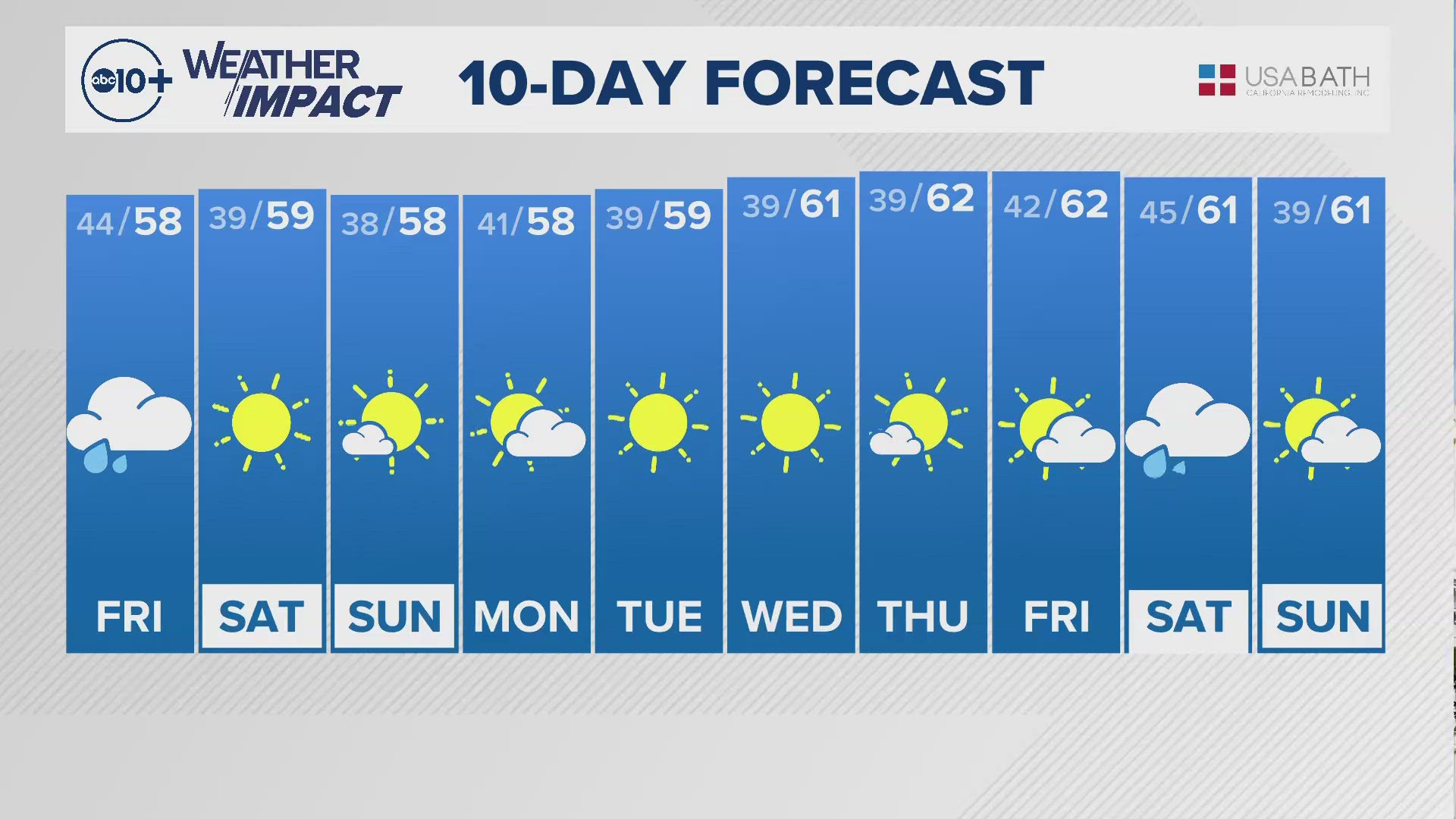NEWMAN - In a desperate move to keep six Northern California water districts from going dry, the Delta-Mendota Canal will carry water uphill for the first time in its history.
Nine giant pumps are being installed in three locations to lift canal water a total of 18 feet along a 62-mile stretch from the San Luis Reservoir in Merced County to the city of Tracy in San Joaquin County.
"We're making it flow in the opposite direction," said Bob Martin, engineering director for the San Luis and Delta-Mendota Water Authority, which operates the canal under an agreement with the U.S. Bureau of Reclamation.
The Del Puerto Water District, the West Stanislaus Irrigation District, the Patterson Irrigation District, the Banta-Carbona Irrigation District, the Byron Bethany Irrigation District and the city of Tracy together had banked 80,000 acre feet of water in the San Luis Reservoir to get them through the summer.
Typically, they would pull water from the Delta-Mendota Canal closer to the Delta and exchange it for the water stored in the reservoir farther south.
Last month, they were notified there wouldn't be enough water in the canal this summer for them to trade.
David Weisenberger, general manager of the Banta-Carbona Irrigation District, said the announcement sent a panic through the water agencies.
"We were scrambling," he said, praising the water authority for coming up with an "out of the box" solution.
Martin said the project went from concept to execution in just three weeks, thanks to the cooperation of multiple agencies involved that recognized the emergency.
The first and southernmost pumping station, near the town of Newman in Stanislaus County, will begin operating on Friday with the other two following within days.
Existing gates in the canal known as check stations will create three long pools, each about six feet above the other, to prevent the water from flowing back downhill.
The pump installation is expected to cost up to $700,000 with the water districts paying nearly a half-million dollars per month just for fuel to run generators that power the pumps.
Although the project is expensive, Martin said there was no alternative.
"The situation is so dire that if our districts don't get this water, they lose their orchards," Martin said. "If they lose their orchards, it's a billion dollars worth of loss."


